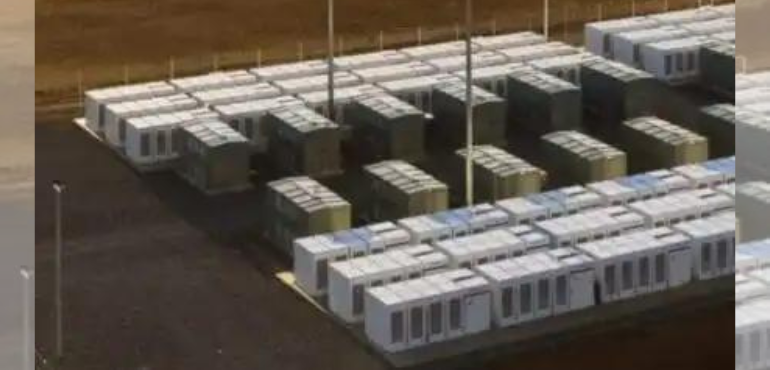Renewables investment company Octopus Australia, a subsidiary of the UK-based Octopus Group, has received planning approval from Ipswich City Council for its 1 GWh Blackstone battery energy storage system (BESS).
Located 40 km southwest of Brisbane in Swanbank, this project is currently Queensland’s largest BESS initiative.
1 GWh Blackstone battery energy storage system (BESS)
Capable of powering 70,000 homes, the Blackstone project marks a significant milestone in Octopus’s strategy to develop large-scale energy storage in strategic locations across the National Electricity Market (NEM).

This development aligns with the company’s broader aim to support renewable energy integration and enhance grid stability.
Sonia Teitel, Co-Managing Director of Octopus Renewables Australia, emphasised the importance of this approval. “The planning approval for the Blackstone Battery is a significant step towards building Octopus’s integrated portfolio of multi-technology renewable assets.
The Blackstone Battery will play a pivotal role in delivering reliable renewable energy generation in Queensland and supporting the state’s transition towards a renewable future,” she said.
The Blackstone battery project will complement Octopus’s other renewable assets in Queensland, including the Ardandra 75 MW / 150 MWh battery and a potential 100 MW solar farm, currently in development 350 km west of Brisbane in the Western Downs Region.
This integration will enable Octopus to optimise its energy supply by shifting generation between its assets and mitigating intermittency.
Octopus Australia is collaborating with key stakeholders for the next phases of the project, including the Australian-owned, Sydney-headquartered energy company Firm Power, which initiated the project before selling it to Octopus, and Queensland transmission network provider Powerlink.
Given the high volumes of solar generation in Queensland, the Blackstone BESS will play a crucial role in capturing energy generated during the day and redistributing it in the evening to meet peak demand periods.
This project will also contribute significantly to the Queensland government’s goal of achieving 80% renewable energy by 2035.
News source: PV Magazine and Industrial News
Image source: Industrial News



















